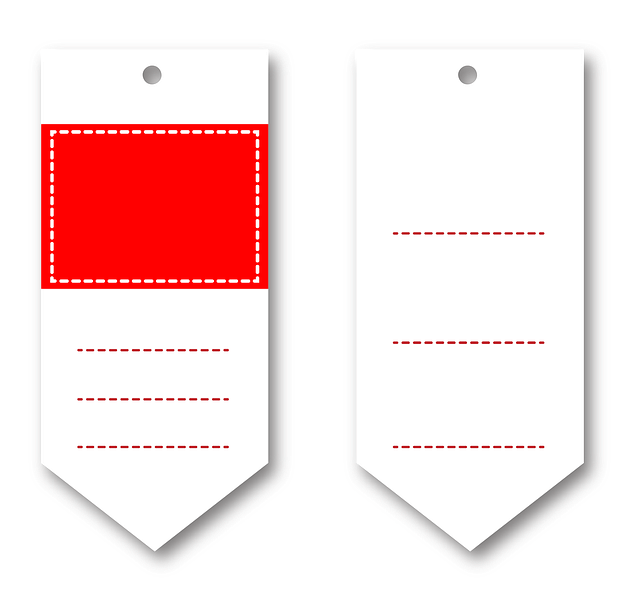Skin tags, benign growths caused by fiber accumulation, often appear on arms and legs due to friction. Sheffield offers diverse non-surgical removal options like cryotherapy, laser treatments, and surgical excision. Surgical procedures in Sheffield provide permanent solutions but carry risks. Proper post-treatment care and hygiene prevent complications and potential recurrence.
Skin tags, those small, soft bumps on the arms and legs, are a common concern. While they’re usually harmless, many seek effective tag removal methods. This guide explores the best ways to address skin tags, from non-surgical techniques like freezing or cutting to surgical options in Sheffield, ensuring you have all the knowledge needed to make an informed decision. Learn about post-treatment care and prevention tips, too, including specialized Tag Removal Sheffield services.
- Understanding Skin Tags: Causes and Types
- Non-Surgical Methods for Tag Removal
- Surgical Options for Tag Elimination in Sheffield
- Post-Treatment Care and Prevention Tips
Understanding Skin Tags: Causes and Types
Skin tags, also known as acrochordons, are small, soft skin growths that often appear as hanging, thin pieces of skin. They commonly occur in areas where friction is common, such as the arms and legs. While they are generally harmless, many people choose to have them removed for cosmetic reasons or because they can be bothersome.
There are various types of skin tags, with the most common being acral tags, which typically appear on the hands and feet, and lobular tags, often found on the arms and legs. They form when collagen and elastic fibers in the skin accumulate and create a tag-like structure. Understanding these causes can help individuals make informed decisions regarding Tag Removal Sheffield or other treatment options.
Non-Surgical Methods for Tag Removal
When it comes to non-surgical methods for tag removal, Sheffield offers a variety of options that are both effective and safe. One popular choice is cryotherapy, where tags are frozen off using liquid nitrogen. This quick and relatively painless procedure is often preferred due to its minimal downtime and high success rates. Alternatively, laser treatments can be used to cut off the blood supply to the tag, causing it to fall off naturally.
Another less invasive method is surgical excision, where a doctor cuts out the tag with a scalpel or scissors. This option might be recommended for larger tags that don’t respond well to other methods. All these treatments are accessible in Sheffield, ensuring residents have diverse choices for tag removal tailored to their needs and preferences.
Surgical Options for Tag Elimination in Sheffield
If you’re looking for permanent solutions to remove skin tags on your arms or legs, surgical options in Sheffield offer reliable tag removal. Skilled dermatological surgeons in Sheffield employ various techniques including excision and cryosurgery to eliminate tags effectively. Excision involves cutting off the skin tag with a scalpel while cryosurgery uses liquid nitrogen to freeze and destroy the growth. These procedures are typically quick, outpatient treatments, offering immediate results for many patients.
Many people prefer surgical options for their permanent nature and often minimal scarring. However, as with any surgical procedure, there are risks and potential side effects, including bleeding, infection, and changes in skin texture. It’s crucial to consult with a qualified dermatologist in Sheffield who can discuss the best option based on your specific case and help you understand the benefits and drawbacks of each approach.
Post-Treatment Care and Prevention Tips
After undergoing Tag Removal Sheffield procedures, proper post-treatment care is essential for optimal results and to prevent complications. It’s recommended to keep the treated area clean and dry, avoiding strenuous activities or hot water that might irritate the skin. A gentle, fragrance-free moisturizer can be applied to soothe and heal the skin. Additionally, it’s crucial to stay vigilant and monitor any signs of infection, such as redness, swelling, or discharge. If these symptoms persist or worsen, seeking medical attention promptly is advisable.
To prevent the recurrence of skin tags, especially on arms and legs, maintaining good hygiene is key. Regularly washing and drying these areas gently can help keep the skin healthy. Wearing loose-fitting clothing made from natural fabrics can also reduce friction and irritation that might cause skin tags to form. Additionally, being mindful of any existing skin conditions or family history of skin growths can provide insights into potential triggers for tag development, enabling proactive measures to prevent future occurrences.
When it comes to skin tag removal, understanding your options is key. Whether you opt for non-surgical methods or consider surgical procedures like those available for Tag Removal Sheffield, proper post-treatment care and prevention are vital. By following the outlined strategies, you can effectively manage and eliminate skin tags on arms and legs, enhancing your overall appearance and comfort.
